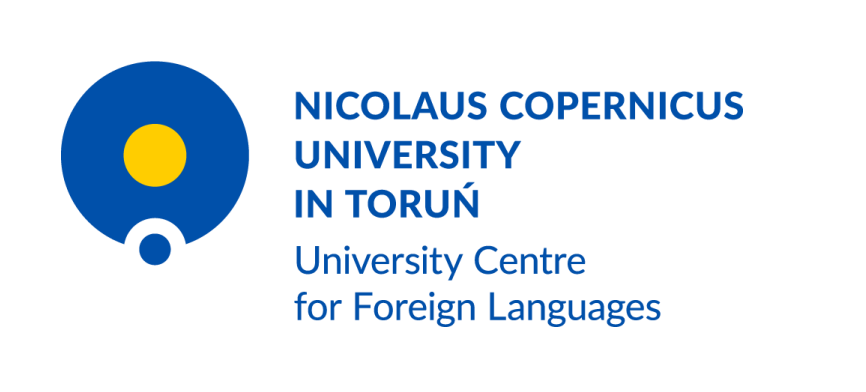In order to simplify and unify language proficiency levels, the Council of Europe has established the Common European Framework of Reference for Languages.
We recommend that you read the descriptions of language levels, especially if you wish to asses your own proficiency. The Framework was designed to unify the nomenclature of levels regardless of country and language. The Framework includes six levels across three broad divisions:
Basic User (A1 and A2);
Independent User (B1 and B2); and
Proficient User (C1 and C2).
Language reference levels, general scale according to the Common European Framework of Reference for Languages
BASIC USER
A1
Can understand and use familiar everyday expressions and very basic phrases aimed at the satisfaction of needs of a concrete type. Can introduce him/herself and others and can ask and answer questions about personal details such as where he/she lives, people he/she knows and things he/she has. Can interact in a simple way provided the other person talks slowly and clearly and is prepared to help.
A2
Can understand sentences and frequently used expressions related to areas of most immediate relevance (e.g. very basic personal and family information, shopping, local geography, employment). Can communicate in simple and routine tasks requiring a simple and direct exchange of information on familiar and routine matters. Can describe in simple terms aspects of his/her background, immediate environment and matters in areas of immediate need.
INDEPENDENT USER
B1
Can understand the main points of clear standard input on familiar matters regularly encountered in work, school, leisure, etc. Can deal with most situations likely to arise while travelling in an area where the language is spoken. Can produce simple connected text on topics that are familiar or of personal interest. Can describe experiences and events, dreams, hopes and ambitions and briefly give reasons and explanations for opinions and plans.
B2
Can understand the main ideas of complex text on both concrete and abstract topics, including technical discussions in his/her field of specialization. Can produce clear, detailed text on a wide range of subjects and explain a viewpoint on a topical issue giving the advantages and disadvantages of various options.
PROFICIENT USER
C1
Can understand a wide range of demanding, longer texts, and recognize implicit meaning. Can express ideas fluently and spontaneously without much obvious searching for expressions. Can use language flexibly and effectively for social, academic and professional purposes. Can produce clear, well-structured, detailed text on complex subjects, showing controlled use of organizational patterns, connectors and cohesive devices.
C2
Can understand with ease virtually everything heard or read. Can summarize information from different spoken and written sources, reconstructing arguments and accounts in a coherent presentation. Can express him/herself spontaneously, very fluently and precisely, differentiating finer shades of meaning even in the most complex situations.
We would also like to encourage you to read the detailed descriptions of individual skills (listening, reading, speaking, and writing) for each language level (PDF).

 ul. Gagarina 11, 87-100 Toruń
ul. Gagarina 11, 87-100 Toruń